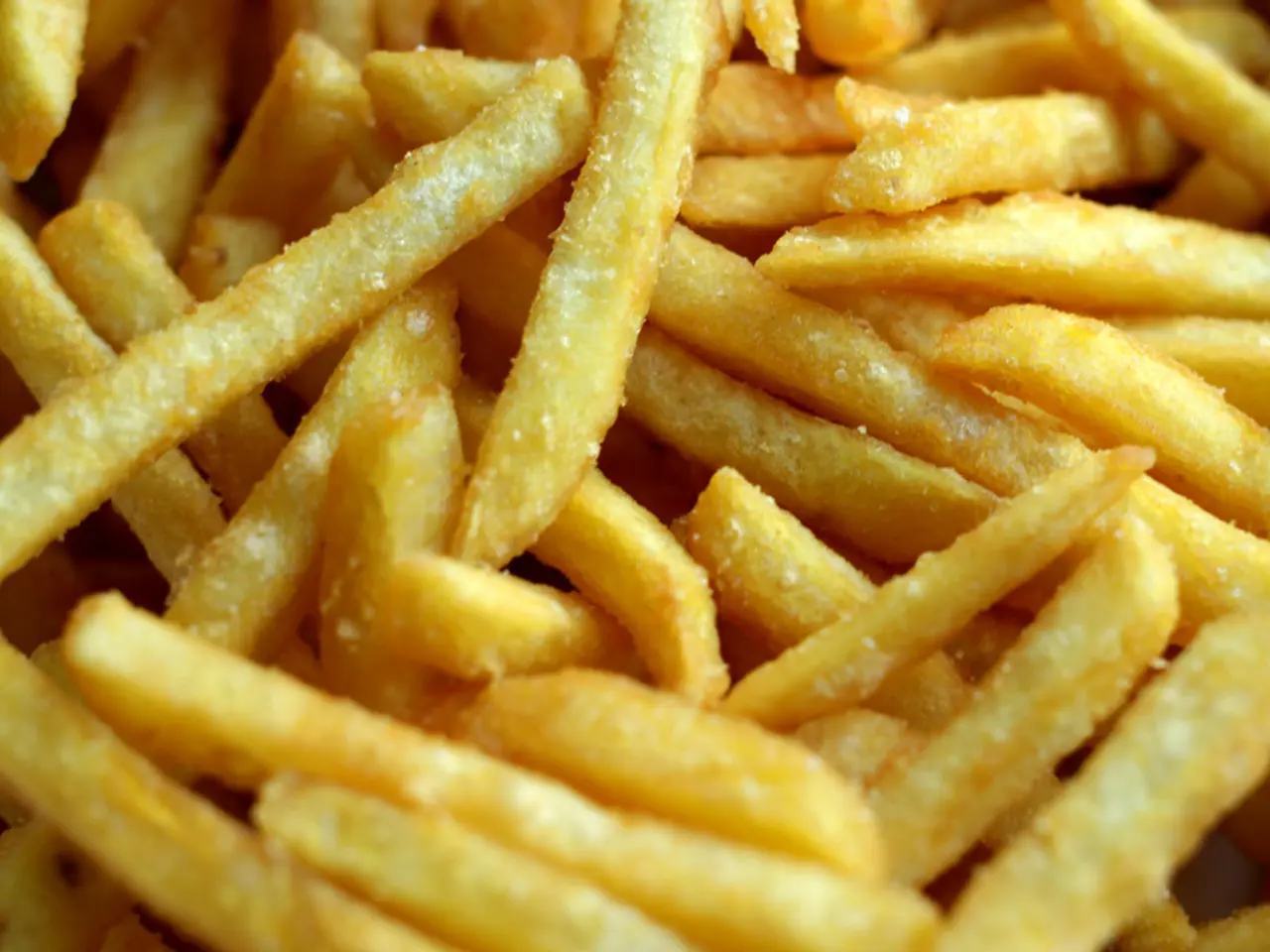Gold prices surged following the announcement that President Trump imposed tariffs on gold bars.
In the 12 months leading up to June, Switzerland exported a significant amount of gold to the United States, totalling around $61.5bn (€52.8bn). However, contrary to popular belief, the Trump administration did not impose direct tariffs on one-kilo gold bars [1][2][5]. Instead, the tariffs mainly targeted steel, aluminum, autos, and a broad range of Chinese imports.
Despite no direct tariffs on gold bars, the broader economic effects of the Trump administration's policies contributed to the rise in US gold futures. The market uncertainty and inflationary pressures created by the tariffs generally increased demand for gold as a safe-haven asset. Consequently, gold prices rose by approximately 24.5% amid the tariff-related inflation and market volatility [3].
Switzerland, being one of the biggest precious metal hubs globally, also saw an impact on its gold exports. Although a 39% tariff was imposed on Swiss watches, there is no evidence that tariffs targeted Swiss gold exports specifically [4]. The tariffs threatened Swiss watch exports to the US but did not directly mention gold bullion or bars.
The US Customs Border Protection agency, however, released a letter dated 31 July, stating that one-kilo and 100-ounce gold bars should be classified under a customs code subject to levies [6]. The new tariff rate is over 2.5 times higher than the one on European Union goods exported to the US and nearly four times higher than the one on British exports.
Despite the new tariff, Switzerland's powerful pharmaceutical industry remains exempt from the 39% rate [7]. Switzerland's President Karin Keller-Sutter and other top officials have travelled to Washington to try to lower the tariff rate [8].
Investors had initially expected one-kilo gold bars to be exempt from tariffs. The high demand for gold futures, with prices reaching an all-time high of $3,534.10, and subsequently rising almost 34% so far this year, could be attributed to this expectation and the gold's status as a safe-haven asset in times of instability [3][9].
In conclusion, the Trump-era tariffs influenced gold markets mainly through broader economic channels rather than through direct trade barriers on one-kilo gold bars or Swiss gold bullion exports. The new tariff on gold bars, while steeper than the initially proposed rate, is a fresh blow to Switzerland's economy, particularly its gold industry. The impact on the gold market and related tariff implications on other precious metals can be further analysed.
References:
- Gold.com
- CNBC
- Kitco News
- Reuters
- Bloomberg
- Financial Times
- Swissinfo
- Bloomberg
- CNBC
In the context of the economic effects of the Trump administration's policies, the rise in US gold futures can be attributed to market uncertainty and inflationary pressures created by the tariffs on various goods, making gold a more desirable safe-haven asset. Despite no specific tariffs on one-kilo gold bars or Swiss gold bullion exports, the new tariff on these items is a significant concern for Switzerland's gold industry, potentially impacting its economy.








